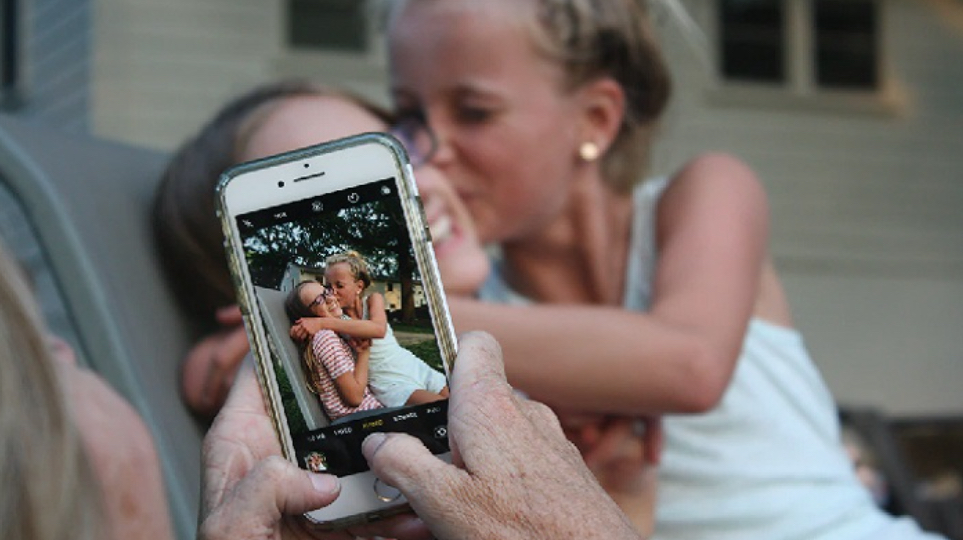

I am a final year student in Creative Industries and Visual Culture. I have an interest in learning about contemporary media issues, which has led me to writing my thesis on the current trends in digital child labour. Moving on from college, I hope to continue my learning in these areas and also explore my keen interest in film and television production.


Family content creators have gained a lot of traction since 2008 when the first family channel ‘The Shaytards’ began posting to YouTube. Being under surveillance is something content creators have had to get used to. As one child who grew up on YouTube has expressed, she felt as though she was a character inside a snow globe with the world watching from the outside in. Increasing focus on the emerged channels that have had cases of neglect and abuse, has led to content creators being scrutinised. It should not get to the point of mistreatment in order to have digital child labour discussed. Accordingly, this research considers some of the trends in this area. These trends include theories of calibrated amateurism as advanced by Abidin and domestic fillers. Social media platforms such as TikTok and YouTube were used to conduct case studies. Within these platforms specific content creators will be looked at such as ‘@Wren.eleanor’ on TikTok and ‘The Ingham Family’ on YouTube.
A deeper understanding of the implications and risks involved in the digital sphere for children emerges. This study also discusses the inability children have to consent to being posted in the public eye. Content creators, legislation, and platforms hold different shares of responsibility in digital child labour as is examined in some of these case studies. Graeme Turner’s theory of ‘the demotic turn’ has also been applied in the first chapter to better understand the popularity associated with ordinary people in media. It also draws on the progression from reality television to social media. Chapter two follows the practice and aesthetic of calibrated amateurism and its implementation. The third chapter synthesises both chapter one and two using case studies to elaborate on the commodification of childhood and domestic life.